Solidarity ‘as long as it is financially feasible’
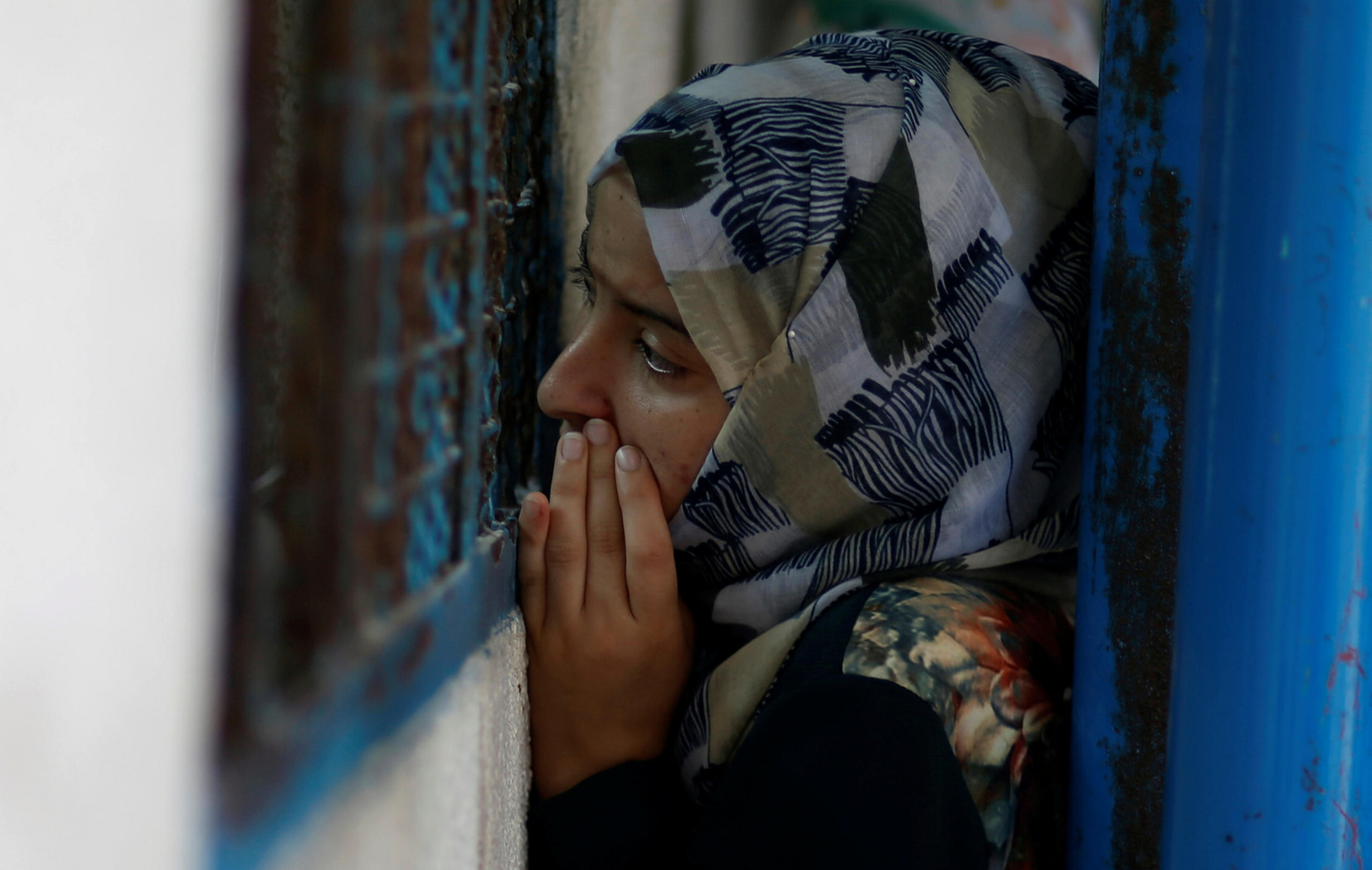
Switzerland will not meet its spending target for development assistance for the 2016-2020 period. An international comparison shows it is not the only nation failing to meet its target, however, some countries manage to do so.
Every four years, the Federal Council (executive body) and parliament define Switzerland’s international cooperation strategy. The current period is drawing to a close at the end of 2020. It is already clear that development assistance spending for this period has fallen short of the target. As the Covid-19 pandemic has placed a strain on the financial system, the federal government has cut its budget for development assistance for the 2021-2024 period.
Where does Switzerland stand in a global comparison?
Official Development Assistance (ODA), which is clearly defined by the Organisation for Economic Co-operation and Development (OECD), is the key measure used to compare how much money each country spends on foreign aid. SWI swissinfo.ch has taken a closer look to determine which countries spend particularly large or small amounts on development aid. Where does Switzerland stand and what are the trends? As shown in the chart below, Switzerland is not the only country struggling to meet its own target.
ODA is financial aid given by governments and other agencies to support the economic, environmental, social, and political development of beneficiary countries. The calculation is based on international standards defined and controlled by the OECD’s Development Assistance Committee (DAC). The financial aid comes either in the form of contributions or concessional loans. Financial contributions have more weight in the calculation of the amount allocated for foreign aid. “The DAC figures are representative of donor countries’ financial contributions. However, it is difficult to compare the contributions of those donors who do not report to the DAC,” says Katharina Michaelowa, Professor of Political Economy and Development about the data situation.
Big countries, high expenditures
Looking at the total expenditure of official development assistance, the top donors are big rich countries. The United States is by far the largest donor followed by Germany, the United Kingdom, Japan and France, which are clearly ahead of the donor countries that follow.
In relative terms, small rich countries turn out to be the top donors.
It does not come as a surprise that big rich countries have a larger budget for development aid. However, in order to better compare countries’ expenditures despite their different economic opportunities, the OECD measures financial contributions as a percentage of their Gross National Income (GNI).
Measuring spending against GNI completely changes the ranking order.
In terms of relative spending, the US performs much worse while Japan also drops a few positions in the ranking order. The chart shows that apart from the United Kingdom, it is mainly small rich countries like Luxembourg or Norway that spend the most on foreign aid when measured against GNI. Being equally small and rich, Switzerland has managed to get into the top third, however, it lags far behind the countries with the highest spending.
Many intentions, few deeds
It is particularly striking that in relative terms only five countries meet the United Nation’s target of spending 0.7 percent of their GNI on development assistance. This financial target has been in place since the 1970s, and despite member states’ constant failure to meet it, they have repeatedly re-endorsed it.
Katharina Michaelowa shakes her head in disbelief: “This is very strange. Governments have repeatedly re-endorsed this target, but nothing happens when it comes down to it.” So why do governments agree on a target they cannot meet? Michaelowa finds it mind-boggling. However, she has an explanation for it: “It’s obvious that politicians shy away from no longer endorsing this target and openly admitting to development countries at international fora that they won’t be able to manage.”
At SWI swissinfo.ch’s request, the Swiss Federal Department of Foreign Affairs (FDFA) confirmed its commitment to the 0.7 percent target, but immediately added the qualification: “Our commitment is not legally binding; it is more of a long-term goal.” The FDFA did not specify how long-term this goal would be. “Given the current financial situation of the federal government, it is rather unlikely that we will meet the 0.7 percent target in the next few years,” it added.
Poor performance to meet interim goals
In addition to the UN target, various countries have set their own targets. Sweden and Norway, for example, go far beyond the UN’s target and aim for foreign aid expenditure of 1 percent of GNI. The United Kingdom sticks to 0.7 percent and does not intend to exceed this target in the near future.
The Swiss parliament regularly determines how much money is spent on development assistance, and the 0.5 percent target for the period 2016 to 2020 is far below the UN benchmark. According to Michaelowa, this can be done if the target is defined to the UN as an interim goal on the way to meet the 0.7 percent. “Other countries do the same,” she adds.
But Switzerland along with many other countries does not even manage to reach the 0.5 percent interim target. “These are only interim targets, however, most countries even struggle to exceed them in the medium-term,” Michaelowa explains. In the case of Switzerland, it depends on how the government interprets this goal. “The ODA is the international indicator of aid flow. It is calculated at the end of each spending period and is based on actual expenditures; thus, it is not a fiscal steering instrument,” the FDFA comments.
Costs for asylum seekers as part of development aid
High asylum-related costs have largely contributed to Switzerland’s failure to meet its target for the 2016 to 2020 period. These costs can be partially offset against foreign aid even though this regulation is rather controversial. “I don’t think the public would assume that this is the case,” Michaelowa says. “People would never expect that expenditures on asylum seekers are included in development aid.”
In general, asylum-related costs have fallen in most donor countries, and Switzerland is no exception. “However, in countries with smaller absolute budgets such fluctuations would make more of a difference,” says Michaelowa.
Expenditure on official development assistance does not necessarily have to be cut despite a drop in asylum-related costs, and Norway is a good example for this. By focusing on bilateral projects in Africa, the small Scandinavian country has increased its budget for development assistance despite the falling number of asylum seekers over the past few years.
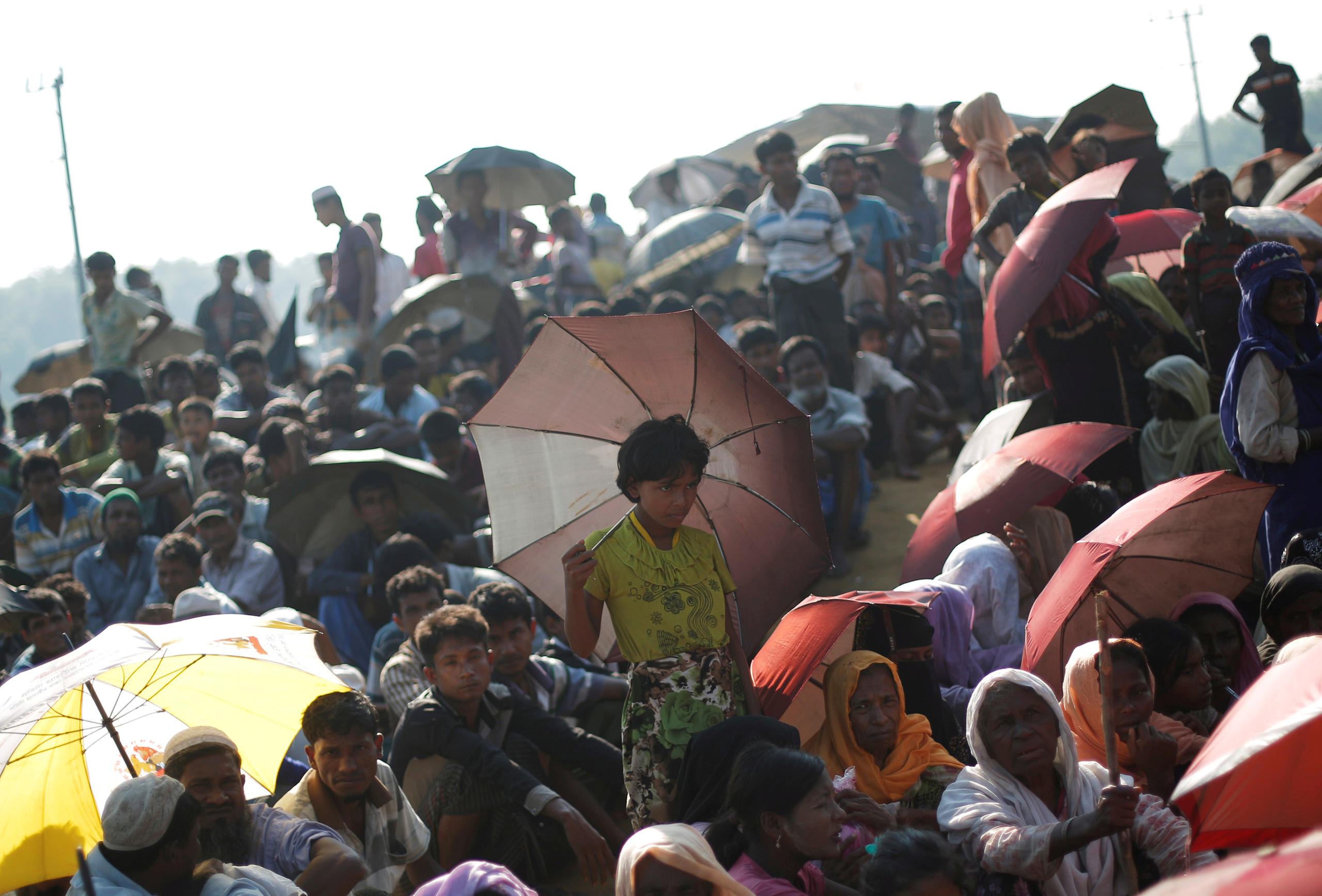
How far does our solidarity extend?
The economic consequences of Covid-19 will certainly affect development assistance. The FDFA was quite clear that the government’s focus would probably be on domestic financial pressures. The Federal Council might settle for the 0.5 percent mark “if the economic situation allows”. Given the fact that the FDFA expects to allocate 0.45 percent of GNI for foreign aid for the next period, the current economic situation does not seem to allow for more.
Aid organisations are worried about this development. In a press release, the alliance of development organisations Alliance Sud states that even if the percentage for foreign aid remained stable, total contributions could drop if GNI collapsed. In response to the Covid-19 pandemic, the non-governmental organisation Caritas even calls for a target of 1 percent.
According to Michaelowa, poor countries are already hit hard by the crisis. “If governments – and it will not only be Switzerland – cut all their financial contributions because the money is needed for subsidies at home, the poor countries will be left in the lurch,” she says. However, Michaelowa understands that some domestic companies are desperate for economic support. “It’s the question of how far you look. If you extend your horizon to other parts of the world, the plight will always be worse. At the end of the day, the question remains: “How far does our solidarity extend?”

In compliance with the JTI standards
More: SWI swissinfo.ch certified by the Journalism Trust Initiative









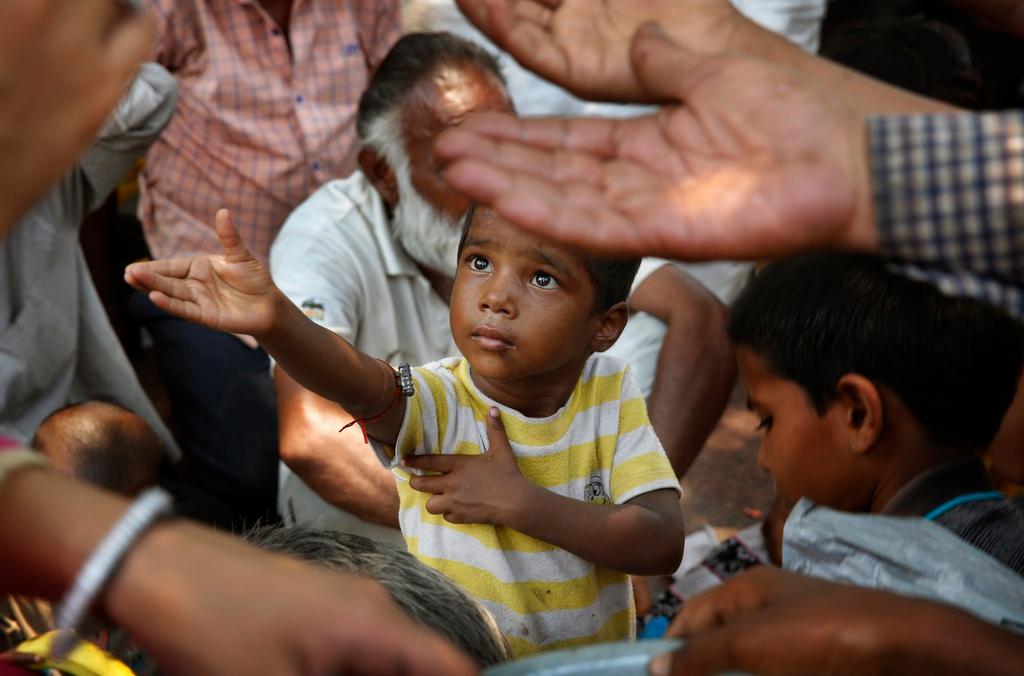
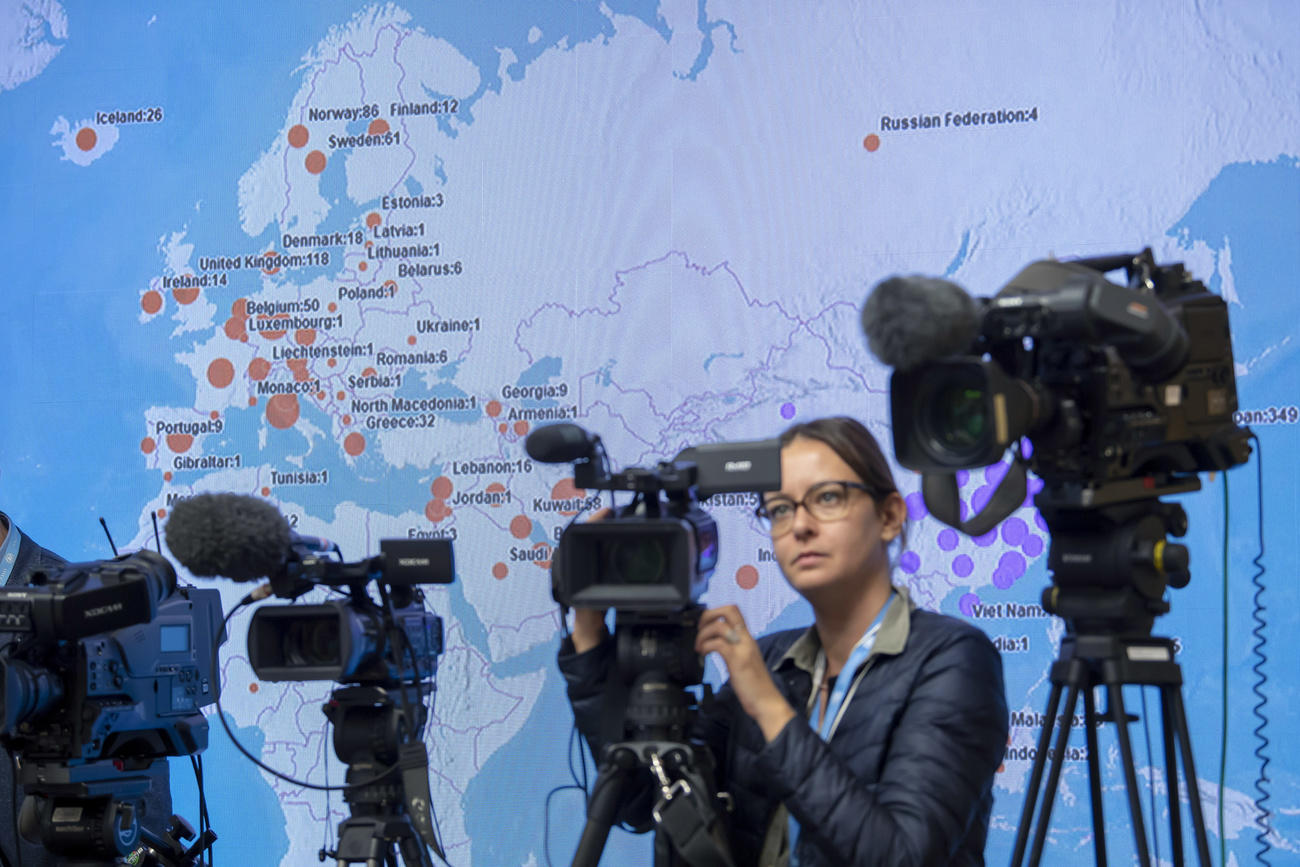
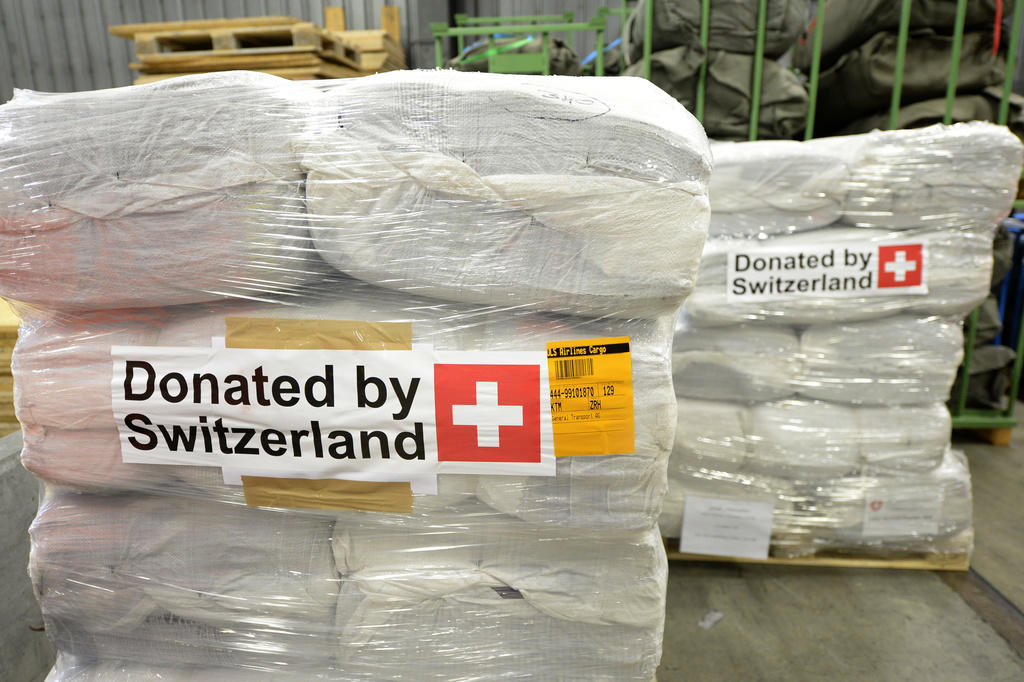

Join the conversation!